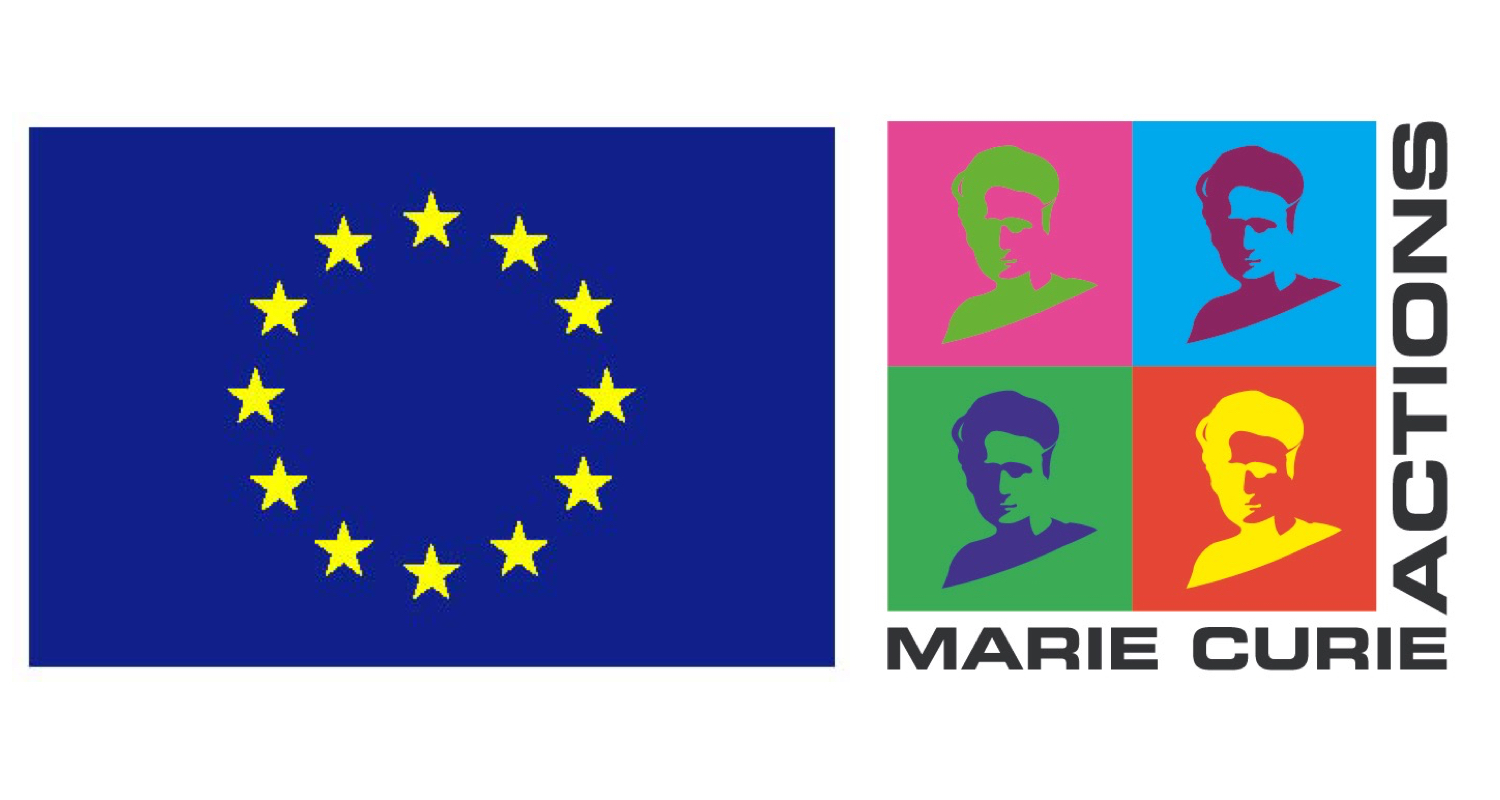About
This interdisciplinary project explores the saints’ lives composed by the fourteenth-century prolific and gifted Byzantine hagiographer, Philotheos Kokkinos (ca. 1300–1378), for five of his contemporary holy men, namely Nikodemos the Younger (BHG 2307), Sabas (Tziskos) the Younger from Vatopedi (BHG 1606), Isidore Boucheir (BHG 962), Germanos Maroules (BHG 2164), and Gregory Palamas (BHG 718), and their manuscript tradition, with a threefold focus on:
1. The creation of sacred landscape in fourteenth-century Byzantium
The first line of inquiry of the project addresses Philotheos Kokkinos’ conception of space. In his saints’ lives, Kokkinos describes at length the wanderlust of his protagonists who travel widely, not only throughout Byzantium, but also well beyond its confines. Through a close reading of the sources, corroborated with a topographical and spatial analysis of the saints’ travels described by Kokkinos, and using digital research tools and software (e.g. ArcGIS and QGIS), the project will design digital maps for visualizing and charting the coordinates of Kokkinos’ sacred landscape (a hagio-geography). This spiritual realm extending far beyond the political boundaries of fourteenth-century Byzantium seems to have had Mount Athos and Thessalonike at its core.
2. The attitude(s) towards and representation(s) of women in late Byzantine patriarchal society
The second line of inquiry of the project analyses Kokkinos’ attitude(s) towards and representation(s) of women and adds a gender dimension to the inquiry into his works. In the Byzantine patriarchal society, women's roles were usually confined to the domestic sphere, carrying out the tasks of raising children and running the household. Kokkinos’ vitae offer a wealth of detail about women which is worthy of investigation. In his accounts, women are present as beneficiaries, especially in healing miracle accounts. The project will also compare Kokkinos’ attitude towards women with those of other contemporary men of letters such as Nikephoros Gregoras (ca. 1293/4–ca. 1360) and John VI Kantakouzenos (ca. 1292–1383).
3. The textual transmission of Kokkinos’ saints’ lives
The third line of inquiry examines the fourteenth and early-fifteenth century manuscripts transmitting Kokkinos’ hagiographical works and investigates their circulation and readership. This includes the preparation of the first critical editions of two hitherto unedited hagiographical texts composed by Philotheos Kokkinos, namely a discourse on All Saints (ca. 14,000 words) and a discourse on the Holy Apostles (ca. 20,000 words).



